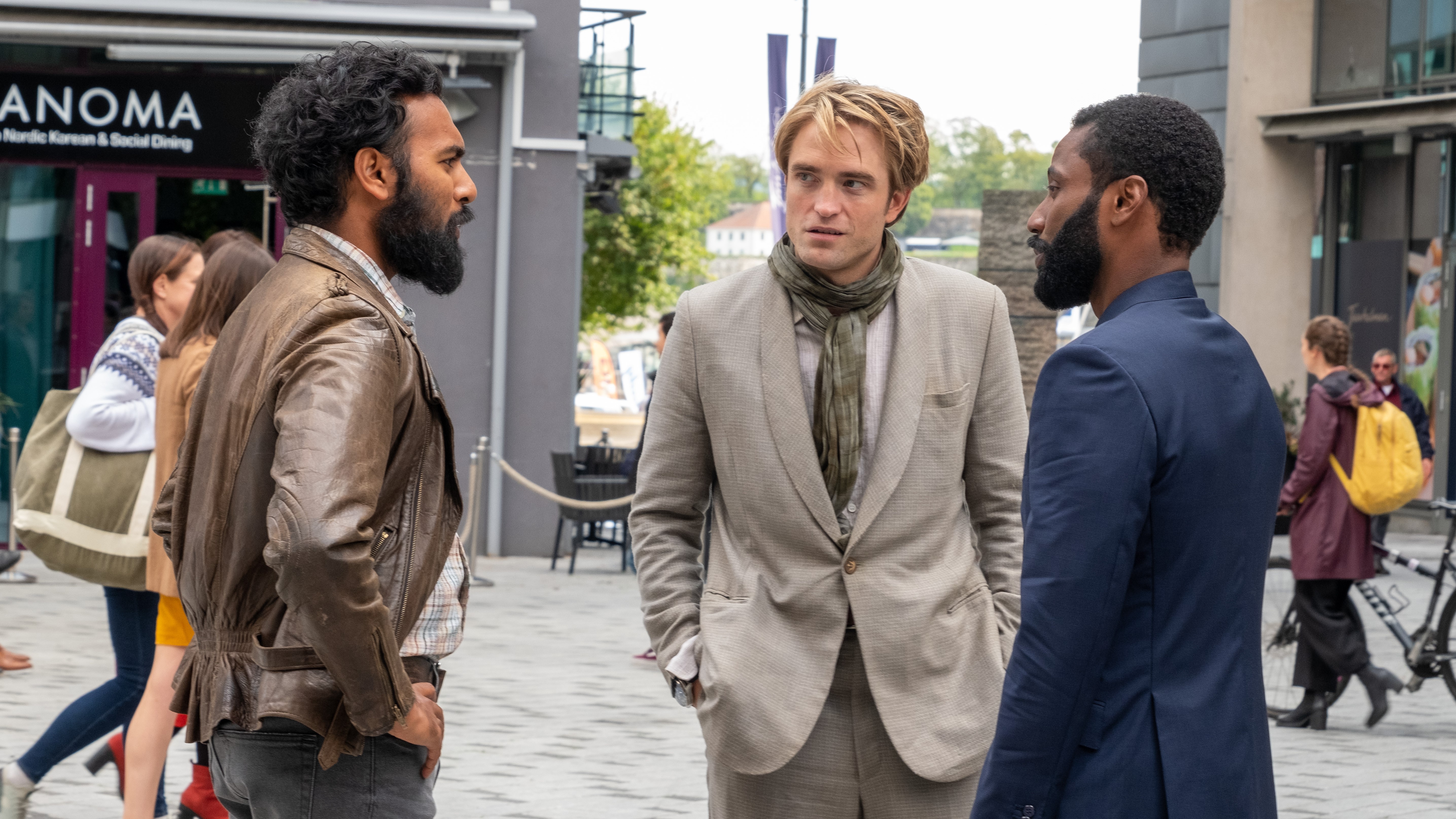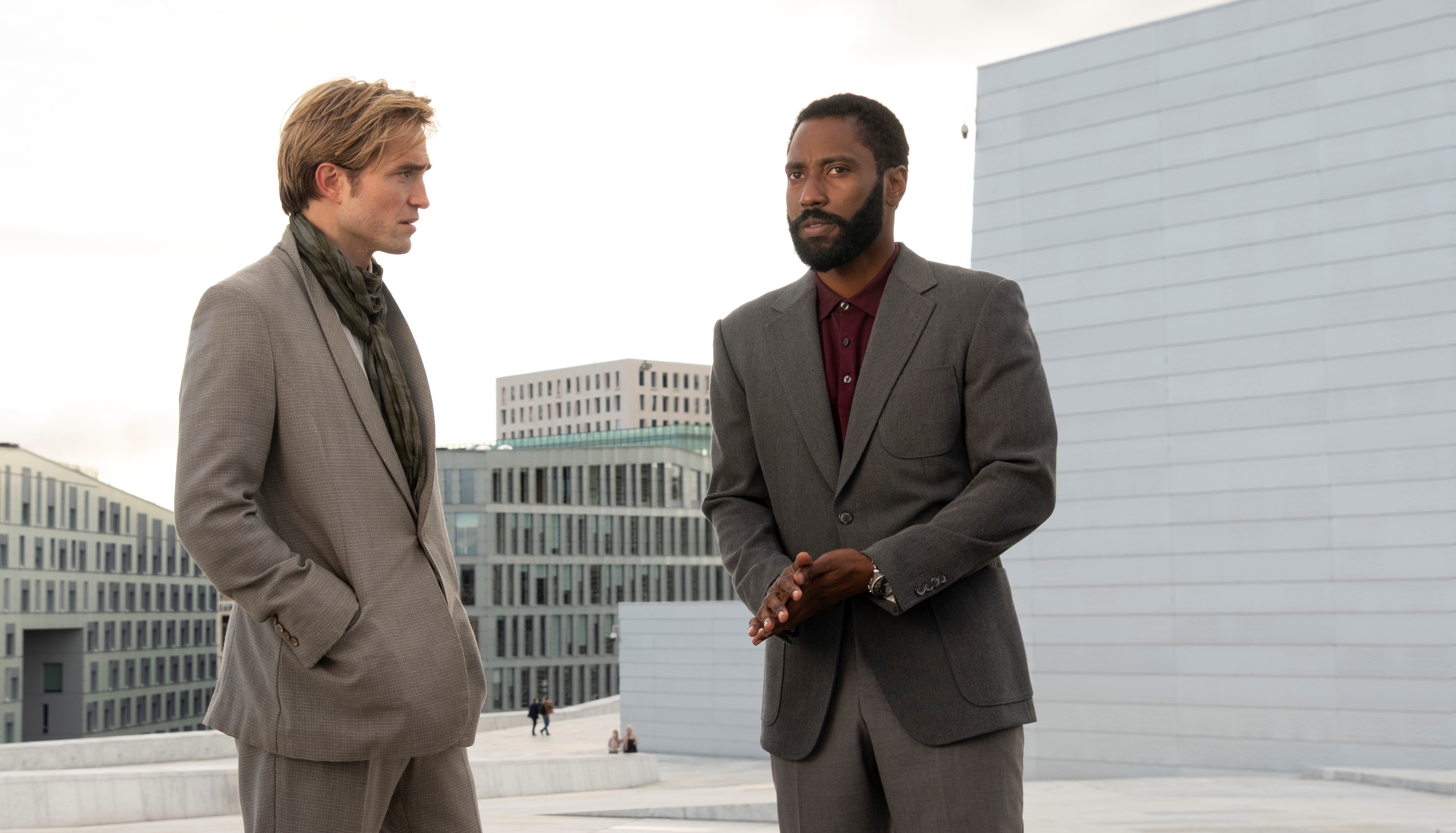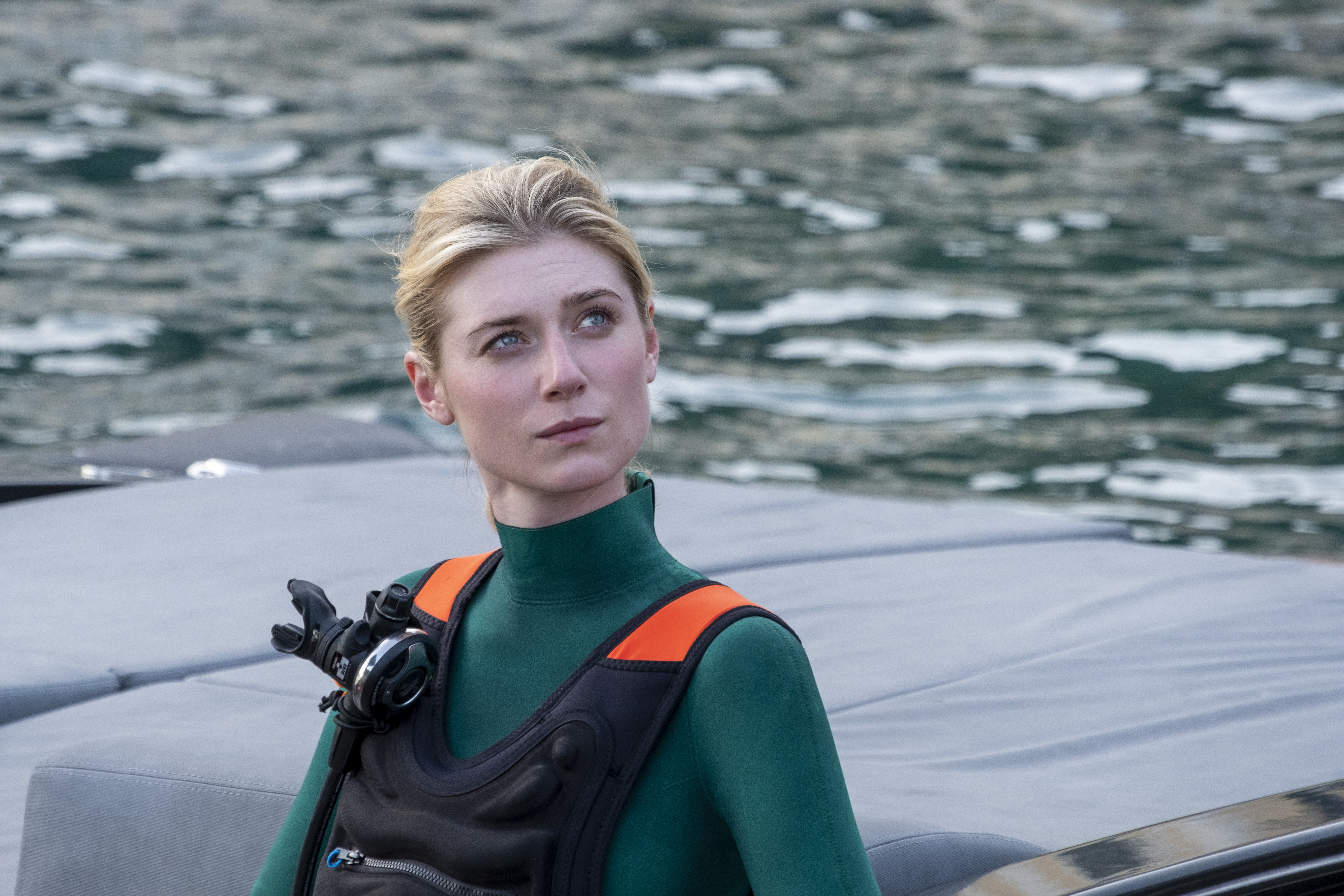Tenet ending explained – and why this wild fan theory is probably true
Explaining the ending of Christopher Nolan's Tenet

Tenet, the latest movie by Christopher Nolan, is a complicated film that's almost impossible to understand on a first viewing. You spend much of the film trying to understand how time moves forwards and backwards – a second viewing gives you a lot more context for what just happened. Still, relatively speaking, the ending of Tenet is fairly easy to figure out, relative to the complicated events that precede it.
Since Tenet just hit US screens in most places – there are some key exceptions on both coasts – we've done our best to explain Tenet's ending below. We'll also explain the best Tenet fan theory about the ending of the film, and why we think it's almost certainly true. Prepare to have your mind blown! Or, to simply go 'huh' and move on with your life.
Massive Tenet spoilers follow as we discuss the movie's ending.
Tenet ending explained

Andrei Sator (Kenneth Branagh)'s goal in the film is to bring together nine pieces of the Algorithm – an invention from the future that, when activated, will 'reverse entropy'. This essentially amounts to wiping out all life by inverting time for everyone and everything on the planet. Its creator divided up the parts of the device and sent them back to the past to hide them, and Sator works with a group from the future that wishes to find the hidden pieces and activate the Algorithm.
Why is this is happening? Human beings living in the future are enduring a world ravaged by climate change, and this is their desperate attempt to reverse it, even though it'll almost certainly wipe out their ancestors.
This Algorithm threatens an extinction-level event, then, which The Protagonist (John David Washington), Neil (Robert Pattinson) and the Tenet organization that recruited our hero at the start of the film are trying to stop.
Sator uses a 'temporal pincer movement' to retrieve the final part of the Algorithm – that is, moving forwards and backwards through time to guarantee an end result, which is what Sator is doing during the film's complex car chase sequence.
Get daily insight, inspiration and deals in your inbox
Sign up for breaking news, reviews, opinion, top tech deals, and more.
The way this works is that after a character has experienced an event, they can go through a turnstile – the devices that reverse time in the film – and live through an inverted version of the same event, using any new information they've learned to achieve their goal.
At the end of the film, Sator plans to activate the Algorithm in Stalask-12, the Soviet secret city where he was given his bars of gold and mission from the future.
We learn that the Algorithm will activate when he dies – and Sator has a terminal illness. He's happy to take the entire world with him before he succumbs to it.
Sator deliberately travels back to a point in time where he was happiest, which was a Vietnamese holiday with his wife, Kat (Elizabeth Debicki). He plans on taking a suicide pill at this moment and ending the world, but Kat – who has also inverted in time to reach this point in the past – arrives to distract him while a plan is executed to retrieve the Algorithm.
The Protagonist, Neil and special forces operatives from Tenet raid Stalask-12 to stop the algorithm's activation. Half of the forces in this final set piece are inverted, while half are not. This too is a temporal pincer movement – a battle of soldiers moving backwards and forwards to achieve an end result.
I'm going to be honest: this was a noisy and confusing sequence to watch, despite Nolan's best efforts, but all that really matters story-wise here happens around Neil, the Protagonist and the Algorithm.
The locked door and the red string
When the Protagonist reaches the Algorithm, there's a locked door. A masked soldier lies dead on the floor. If you're eagle-eyed, you'll notice there's a red string on his backpack, and if your memory is really good, you'll remember that same string from the opera house scene at the start of the movie when the Protagonist is saved by another character in the same uniform.
The dead body comes back to life and inverts through time, catching a bullet from a guard to protect the Protagonist, and unlocking the door so our hero can reach the Algorithm before disappearing again. The Protagonist and Ives (Aaron Taylor-Johnson) get hold of the Algorithm device. Kat murders Sator on his boat, but because the Algorithm has been retrieved, it doesn't matter that he dies. Kat then jumps off the boat. This is Sator's end point in the story – though his younger self is still out there somewhere at this particular moment in time, because it's the past.
When we first met Kat in the movie, she assumed that her husband was cheating on her with a mistress at this point in time. In fact, the woman she saw jumping off his boat earlier in the film was herself – after she travelled back to this point in time using inversion. You probably figured that bit out from watching it, though.
Finally, the Protagonist, Neil and Ives agree to split up and hide the different parts of the Algorithm.
At this point, Neil reveals that it was the Protagonist who recruited him to this mission – only in the future, and that they've known each other for a while from his point of view. Neil says that his part in the mission isn't done yet, and that the door to the chamber containing the Algorithm still needs to be unlocked.
Neil, then, was the dead body with the red string on his backpack, which we see again in this final scene, meaning that he's about to die to save The Protagonist. This also tells us that it was Neil who saved the Protagonist in the opera house at the start of the movie.
Neil discusses a great friendship with the Protagonist and alludes to adventures they've had together – but while they've already happened from Neil's perspective, to the Protagonist this is just the start of their relationship. We know, then, that Neil is now off to his death to complete the mission – and the Protagonist has figured this out too.
Neil demonstrated he already knew the Protagonist during their first meeting when he ordered him a Diet Coke. A small detail, but clearly meaningful.
It's the Protagonist, then, who will found Tenet in the future, something underlined by the final scene in the car where Priya (Dimple Kapadia) is killed. The entire mission – the entire film – is executed by a future version of the Protagonist, using time inversion to achieve the result we see in the film's ending.
The implications of this are that all events in the film play out with the future Protagonist's knowledge, and that he's put the pieces in places to ensure this final result – including sending Neil to protect his younger self at the opera house, and recruiting himself to the organization. And, well, that's the ending of Tenet.
If we've got anything wrong, please write to your local politician.
Is Kat actually Neil's mother in Tenet?

The biggest fan theory circulating Reddit about Tenet is that Kat (Elizabeth Debicki), Sator's wife, is actually the mother of Neil (Robert Pattinson). We can't confirm this theory, because the film doesn't explicitly say this – but the reasoning is sound.
Here's what some are referring to as the smoking gun. In Tenet, we know Kat's son is called Max. The French spelling of his full name is Maximilien. Turn that name around and read it backwards – which is thematically appropriate for this film – and the first four letters are Neil. That would be a fairly big coincidence to have no bearing on the rest of the film.
Secondly, Pattinson's hair is dyed blonde in the film – it looks similar enough to the shots of Max when we see him. This is superficial, but it's another piece of evidence.
Thirdly, Neil tells us he has a degree in physics, showing us he's well-educated. And we know that Max is well-educated: the film shows us the outside of his fancy school in London, while Sator (Kenneth Branagh) even makes a reference to how expensive Max's education is. Neil's accent certainly suggests an affluent British background, too.
This would also suggest that the relationship between the Protagonist and Neil is more than just a friendship – it's possible he's regarded as more of a father figure, the result of their future relationship that Neil hints at in his final scene with the Protagonist.
The film also ends with Neil's voiceover as Kat and Max walk off together, with the Protagonist protecting them.
Why might this theory not work? Well, timing-wise, it suggests that Neil would've spent years being inverted, because Max is just a child after the events of the film. Some would argue this strains plausibility, but this is also a film where the main character is working for an older version of himself.
Make your own mind up. But wouldn't it be just like Nolan, to hide a secret like this in plain sight?
Samuel is a PR Manager at game developer Frontier. Formerly TechRadar's Senior Entertainment Editor, he's an expert in Marvel, Star Wars, Netflix shows and general streaming stuff. Before his stint at TechRadar, he spent six years at PC Gamer. Samuel is also the co-host of the popular Back Page podcast, in which he details the trials and tribulations of being a games magazine editor – and attempts to justify his impulsive eBay games buying binges.
